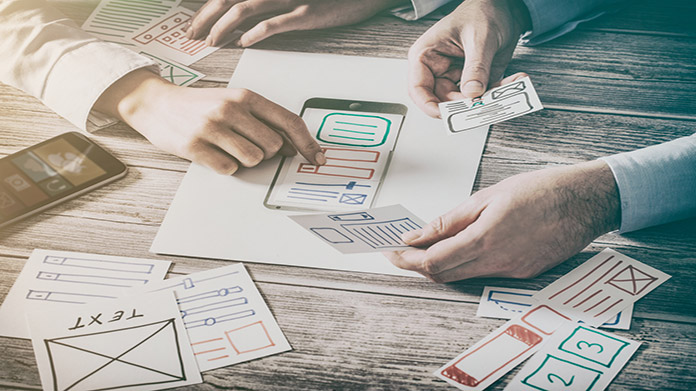Google has declared the release of Flutter’s latest version: 3.3.0, and app developers in Virginia are eager to learn about the great new capabilities that have been included this time.
In reality, the Flutter 3.3 release is a huge one, which was really expected because they integrated 5687 pull requests, giving mobile app developers more options and firepower.
This blog will go through the seven most important features of the Flutter 3.3 release that every programmer should be aware of. In addition, we will reveal three extra highlights that will genuinely be the frosting on the cake!
Without further ado, let’s get started.
Update #1: Simple Global Selection.
Users may now choose whole data sets in web apps with a single sliding gesture. To do this, developers must tie the widgets with the “SelectableArea” widget.
Under the Flutter 3.3 upgrade, this upgrade for global selection delivers a rich user experience and seamless control.
Update #2: Fantastic: UI reference app.
This is something new and interesting from Google.
Collaborating with the gskinner team, the Flutter team has created a new app called Wonderous, which serves as a doorway to the world’s wonders through fantastic UI and graphics.
With a click on the screen, viewers may visit the Monument anywhere in the world without leaving their homes.
The Wonderous app is a sophisticated blend of code, technology, art, and history all rolled into one.
Update #3: Impeller is a new graphic engine.
The Impeller is a new visual engine created on an exploratory basis by the Flutter team that can essentially substitute the present skia rendering engine.
By enabling short animation, a higher refresh rate, and reducing the significance and function of runtime shader compilation, this new visual engine will adequately use the advantages of hardware-accelerated graphics APIs such as Metal on iOS and Vulkan on Android.
This results in ultra-smooth scrolling and breathtaking images on smartphone devices.
Essentially, the goals of this new visual engine are as follows:
Provides predictable speed by allowing offline compilation and reflection at build time.
Graphics resources like buffers, pipeline status, graphics, and items are now identified and labeled using Impeller. Furthermore, the animation may be recorded and saved to a disc without affecting per-frame rendering speed.
This visual engine is entirely mobile and is not dependent on any client rendering API. Shaders are only written once with Impeller and then transformed into backend-centric formats as needed.
Concurrency Improves Performance: Impeller is a versatile and systematic graphic engine. If the burden is heavy, it can split across numerous threads.
Update #4: Exciting material design modifications.
Flutter 3.3 introduces some fascinating new material design standards, particularly for chips, appbar, and IconButton.
Once the developer at IT companies in Virginia selects “useMaterial3,” they may apply the new material design modifications to the design. As a result, these new material design improvements still need to be the default (we wonder why?).
Update #5: Changes In Navigation API “go Router” is a built-in navigation package in Flutter that has now been updated to Flutter 3.3.
This essential tool now features a new declarative approach that allows for smooth navigation across mobile, desktop, and online. “go Router” may now investigate deep connections and be redirected using asynchronous code.
One can find more information about the new capabilities of this navigation bundle in the migration reference resource center on the Flutter homepage’s “Navigation and routing page.”


